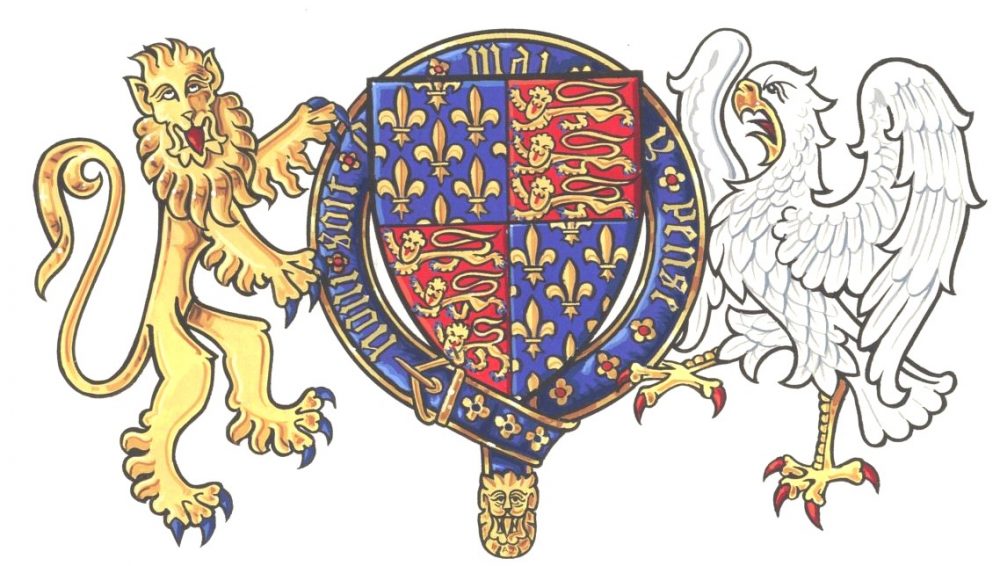
Artwork by British Artist and Photographer Andrew Stewart Jamieson
HERALDRY is an Art as well as a Science. It can be a glorious addition to decoration, or it can be a mere travesty of the spirit of all that is meant by Art in the widest sense. The figures and designs of Heraldry are used in many ways; engraved on silver and plate; carved in wood or chipped in stone; embroidered on civil and ecclesiastical robes; embossed on leather; painted; enamelled or incised on monuments, indoors and out. Used in fact, in hundreds of ways in modern life even to decorating bottles of beer. It is essential therefore, that good and pleasing designs should be employed.
The work of modern herald painters so often lacks the vigour, vitality and playfulness of the Medieval designers, that Heraldry becomes a laughing stock. It behoves the young enthusiast therefore, to begin well. We do not want to see forest lions, farmyard bulls or zoo eagles upon shields or helms. Such work might be excellent and well fitted for a book on natural history, but it is not Heraldry. A first rate drawing of a fox, even by a famous artist, does not become Heraldic even if placed on a shield.
An important point to realise is that a Coat of Arms does not conform to a sealed pattern. The original design on a Patent of Arms be it good bad or indifferent, should never be copied. Each exemplification should be the original work and conception of the artist executing it. He should use the ‘Blazon’ and not someone else’s work. What may be a good design for a Book Label would probably be useless for painted glass; that which would look well in tapestry would be ludicrous in a carving and so on.
